Asbestos Removal
Facing asbestos concerns in your property? Trust Jakobsen Restoration for safe and effective removal, ensuring your environment remains free from harmful contaminants.
Get Help Now Instantly Book Your Free Same-Day Assessment With Our License Inspectors
Instantly Book Your Free Same-Day Assessment With Our License Inspectors
Signs You Have Asbestos In Your Attic or Crawl Space
If you have older insulation in your attic or crawl space, you might have asbestos hiding in your home. Although all types of older insulation can contain asbestos, it is most commonly found in vermiculite insulation. Vermiculite insulation is made of phyllosilicate and looks like mica. If you find pebble-like material with shiny gold, light brown, or gray coloring in your attic or crawl space, then you most likely have asbestos lingering.
Why is Asbestos So Dangerous
Asbestos is an extremely dangerous material because of the way it clings to your lungs when it is breathed in. It is known to cause illnesses and certain types of cancer. If asbestos is disturbed within a product like insulation, microscopic fibers that cannot be seen with the naked eye are released into the surrounding air. When they are breathed in, they get trapped in your lungs and remain there.
What Health Problems Are Caused By Asbestos?
If asbestos is inhaled, immediate issues can arise such as lung inflammation, breathing problems, scar-like tissues (asbestosis), and more. Long-term exposure can lead to more significant illnesses such as mesothelioma of the pleura, pleural plaques, pleural effusions, ovarian cancer, diffuse pleural thickening, laryngeal cancer, and even chronic obstructive pulmonary disease.
While many of these diseases can take years to develop, you should take every precaution to limit the amount of asbestos that you are exposed to.
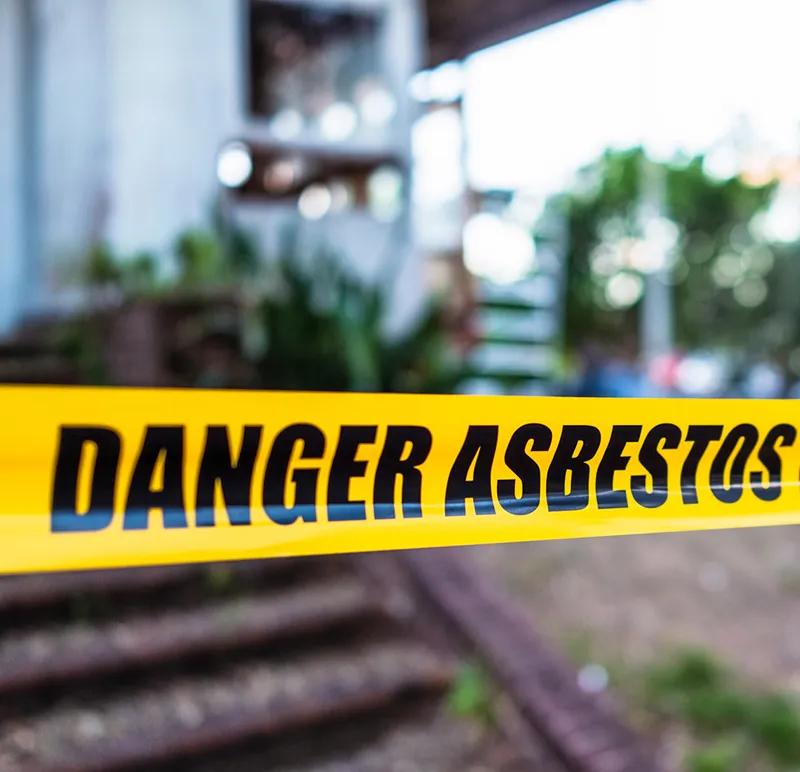
What Should I Do If I Find Asbestos In My Home?
If you find that you may have asbestos in your home, do not try to remove it yourself. Professionals should be the only ones who touch or remove asbestos. Call Jakobsen Restoration and we can provide you with a free estimate to identify if you have asbestos in your home. Once it is identified, we will properly and safely remove the affected materials with state-of-the-art technology, ensuring that no asbestos is spread to the rest of your home. There are strict procedures and precautions that must be followed due to heavy OSHA and EPA regulations. Our technicians don’t only take safety into consideration for their own protection, but also the safety of your home and your neighborhood.
Type of Asbestos
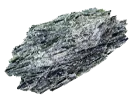
Actinolite
Actinolite has dark brown, needle-like fibers that are made of minerals like calcium, silicon, magnesium, and iron. Although it is a more rare type of asbestos, it can be found in cement, insulation, paint, drywall, and sealants
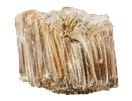
Amosite
Amosite is a brown asbestos that has sharp, brittle fibers. Amosite is heat and flame resistant. Under crocidolite, it is the second most common asbestos in the U.S. due to its use for fireproofing for construction materials.

Anthophyllite
Anthophyllite commonly contains magnesium and iron giving it a yellow/brown color. It is the most rare type of asbestos and is not typically found in commercial products. They have been found in cement and insulation on very rare occasions.
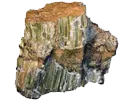
Chrysotile
Chrysotile is known as white asbestos. Itsfibers are long and curly and they easilyweave together with fabrics. Around 90-95% of the buildings in the United Statesthat contain asbestos contain chrysotile.Chrysotile can be found in cement,roofing materials, asphalt, textiles, andmore.

Crocidolite
Known as blue asbestos, crocidolite has extremely fine and sharp fibers. Crocidolite’s fibers are the easiest to breathe in. Some studies have proven that is one type of asbestos causes most health complications.
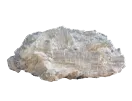
Tremolite
Tremolite is tricky because it can bemilky white or dark green. Its sharpfibers are mainly made up of magnesium.Although tremolite wasn’t used inmanufacturing, it is found in sealants,insulation, roofing, paint, talc-basedcosmetics, and plumbing materialsTremolite